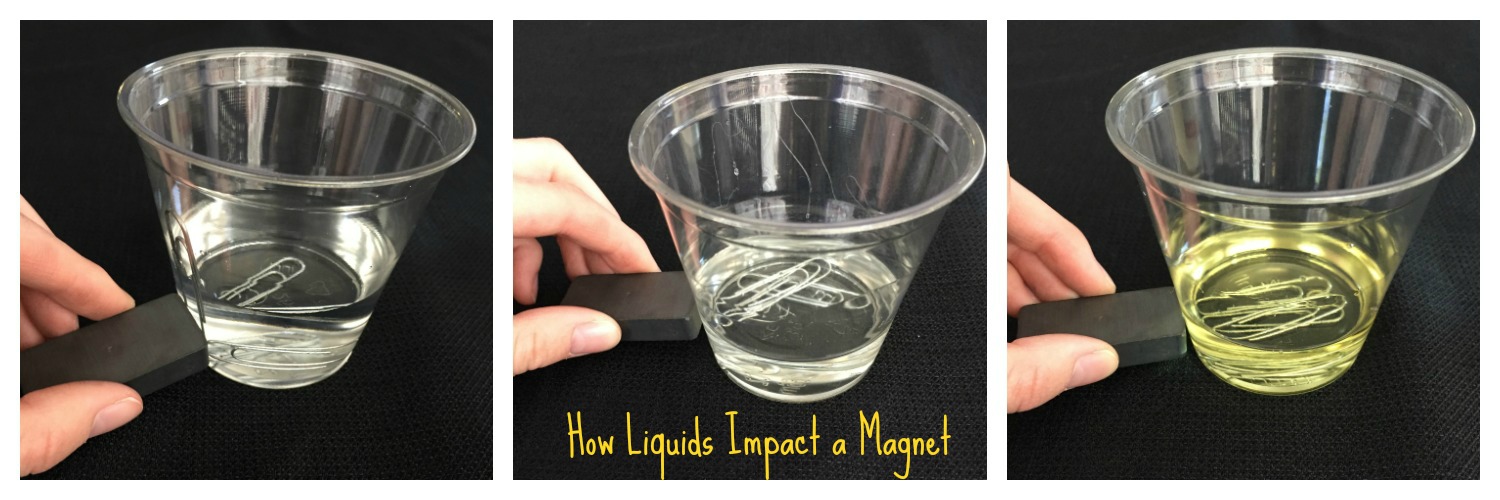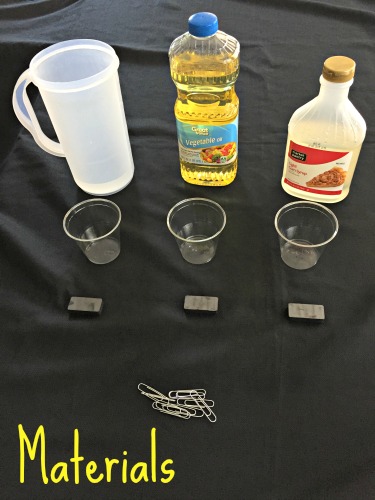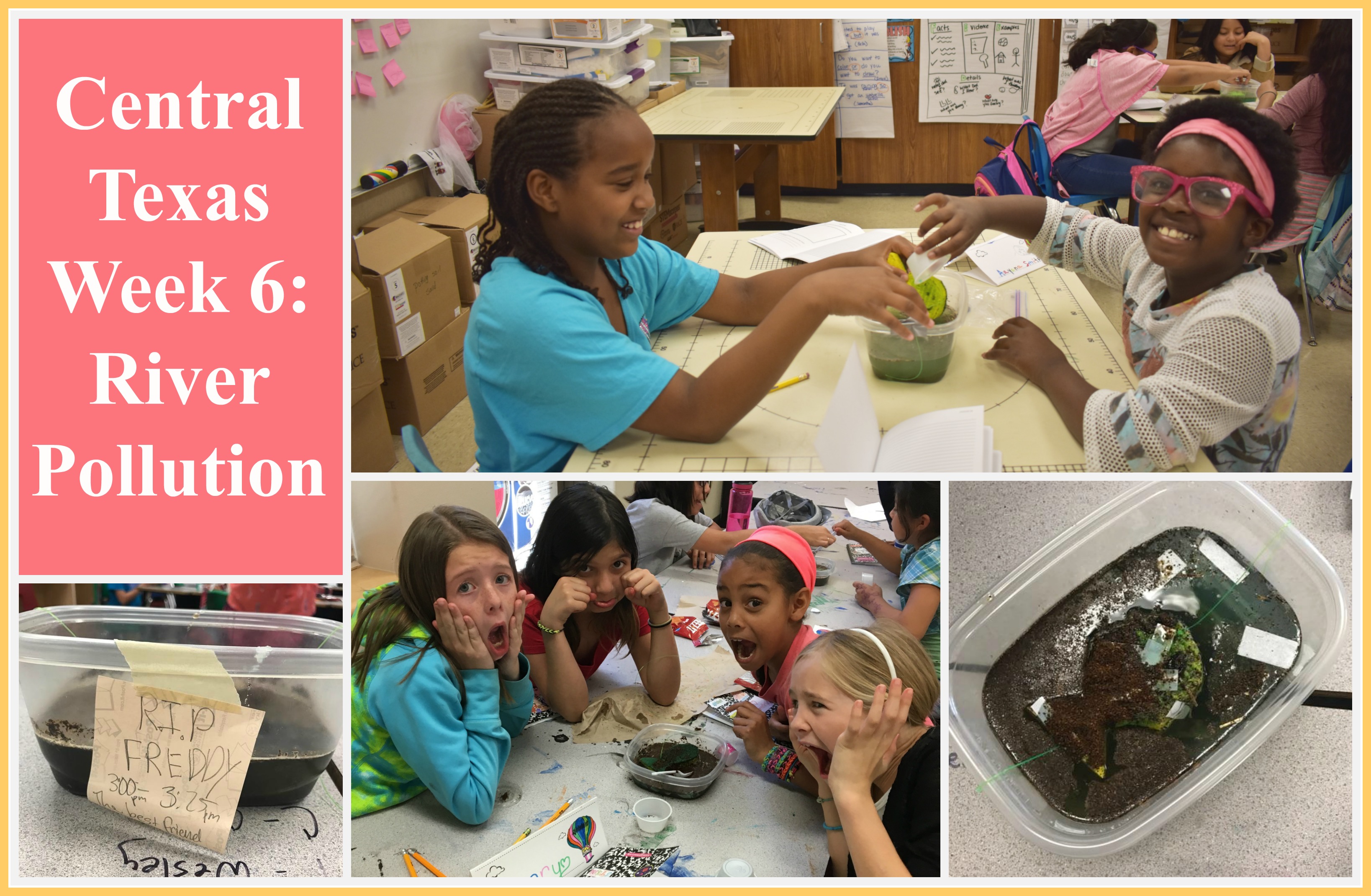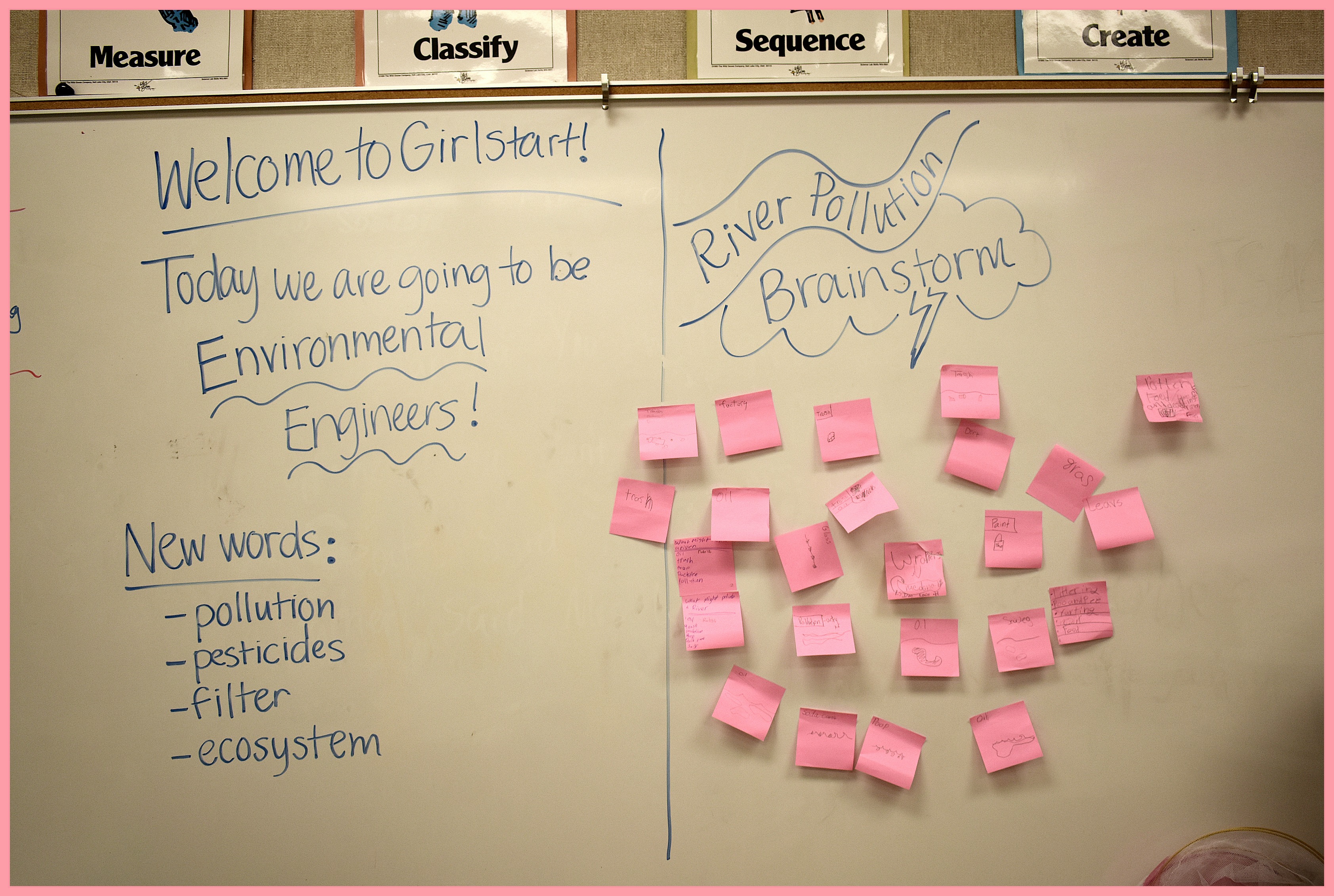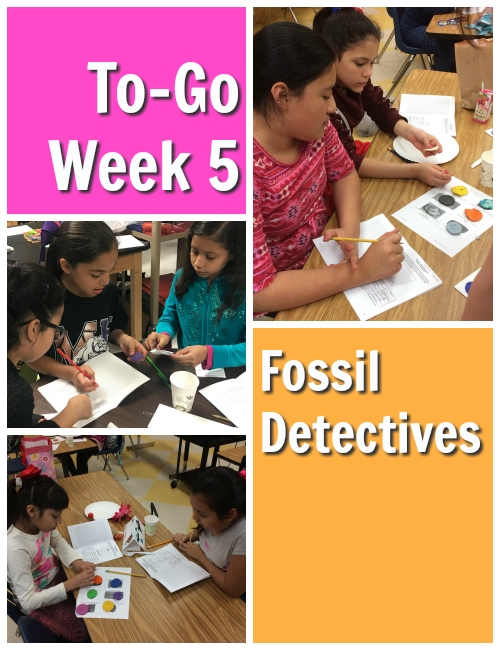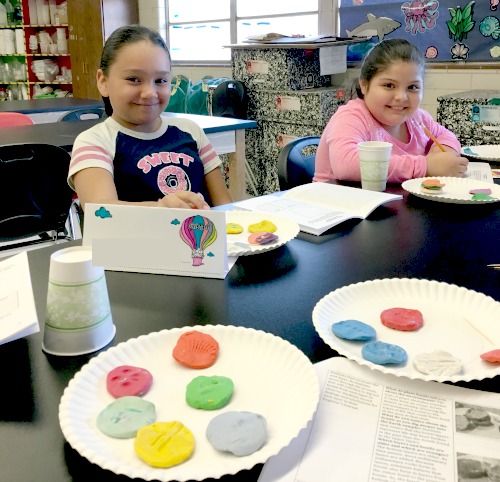Where Does Your Trash Go?
This week at After School To-Go, girls reviewed concepts and learned skills used in the landfill engineer career! Fossil fuels, groundwater, and pollutants are all obstacles addressed by these engineers. To tackle these issues, landfill engineers receive training in toxic leak management, hazardous materials, and health dangers. Using a miniature model of a town, students worked together to solve these real-life problems.
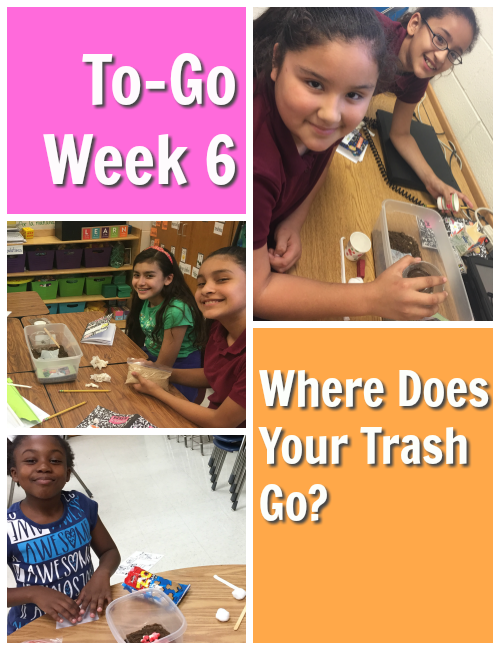
Students received a tub full of sand with a model of a small town and dyed marshmallows, representing trash in a landfill. First, girls tried burying the trash under a shallow layer of topsoil. After simulating rainfall, the marshmallow trash was uncovered and the runoff carried the dye (or pollutants) into the town. Students discussed the effects of buried trash on the environment, including plant contamination, water contamination, and animal habitat destruction.
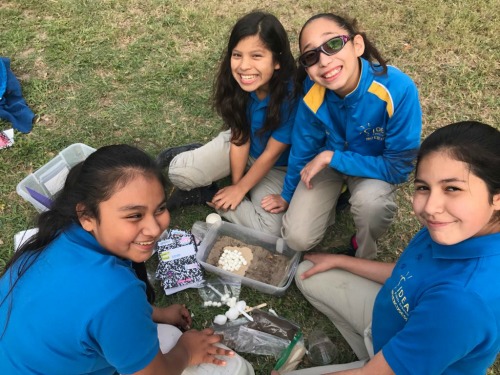
Next, students began planning the construction of a landfill shield that would prevent pollutants from leaking into the nearby town’s resources. Each small group was given a budget and a list of materials, complete with prices. Students “purchased” plastic sheets, clay, sand, gravel, and other materials to create this shield. Each small group tested their prototype shield after another simulated rainfall, checking for pollutants with a cotton ball test.
